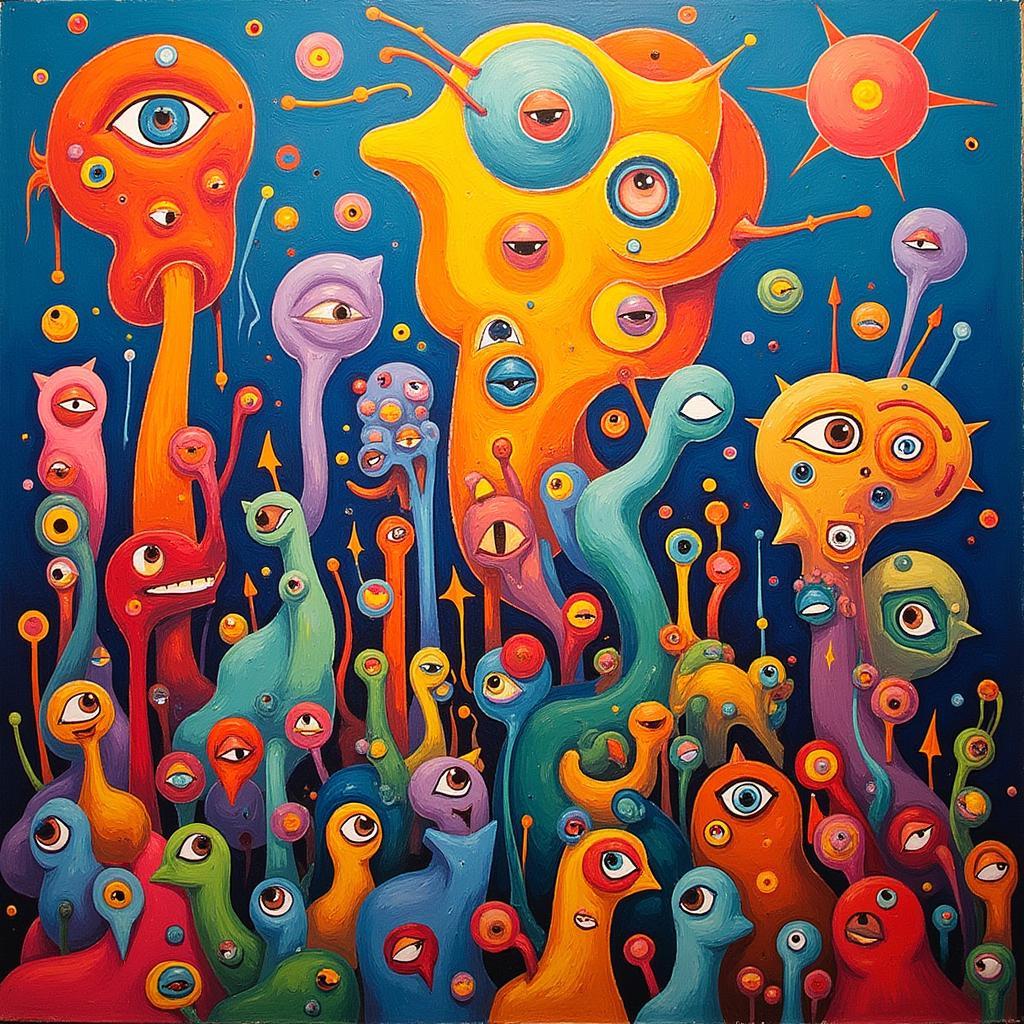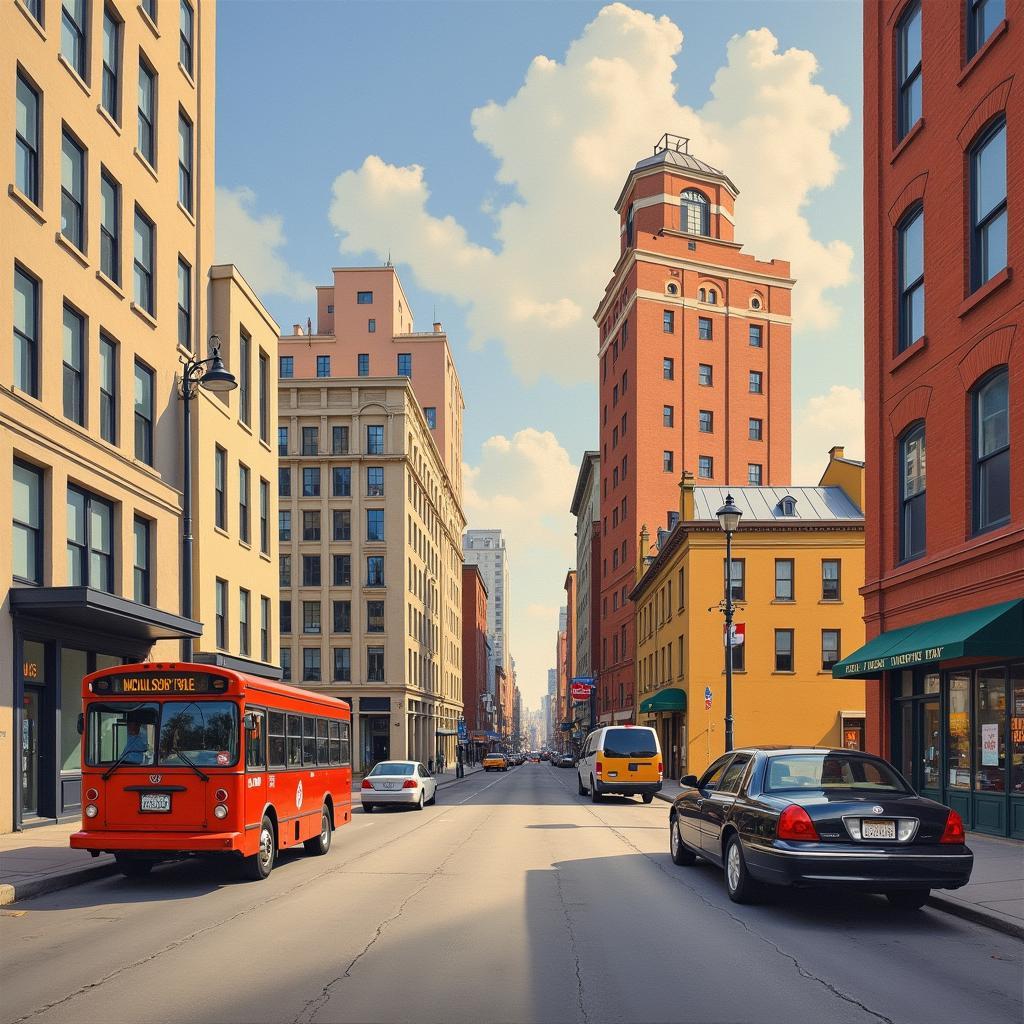Exploring the Rich History and Vibrant Beauty of Cobalt Blue Glass Art
From the moment cobalt blue glass emerged from the fiery kilns centuries ago, it captivated hearts and minds with its mesmerizing depth and alluring glow. This timeless material, a testament to the fusion of artistry and alchemy, continues to inspire awe and ignite creativity in equal measure. This article delves into the fascinating world of Cobalt Blue Glass Art, exploring its rich history, examining the intricacies of its creation, and celebrating the captivating allure that has solidified its place as a cherished art form through the ages.
A Journey Through Time: Uncovering the Origins of Cobalt Blue Glass
Cobalt blue glass traces its roots back to ancient Mesopotamia and Egypt, where skilled artisans first discovered the magical transformation of cobalt oxide into a vibrant blue hue. As early as the 18th century BC, these civilizations were crafting exquisite beads, amulets, and decorative vessels, imbuing them with the captivating power of cobalt blue.
The Romans, renowned for their mastery of glassmaking, further elevated cobalt blue glass to new heights of artistry and innovation. They incorporated it into intricate mosaics, stunning tableware, and even windows, bathing their villas in an ethereal blue light. The legacy of Roman glassmaking would profoundly influence later periods, with cobalt blue glass remaining a sought-after treasure throughout the Byzantine and Islamic Golden Age.
A Symphony of Science and Art: The Making of Cobalt Blue Glass
The creation of cobalt blue glass is a captivating dance between science and artistry, a testament to the human ability to harness the power of nature to create objects of beauty and wonder. The process begins with silica sand, the foundation of all glass, which is mixed with soda ash to lower its melting point and lime to increase its durability.
The star of the show, however, is cobalt oxide. This magical ingredient, when added to the molten glass mixture, imparts the signature blue hue. The intensity of the color depends on the amount of cobalt oxide added, with higher concentrations yielding deeper, richer blues.
Once the molten glass mixture reaches the desired temperature, skilled artisans employ a variety of techniques to shape it into their desired forms. From the delicate art of glassblowing, where air is carefully blown into the molten glass to create hollow forms, to the intricate precision of mold-blowing, where molten glass is poured into pre-made molds, each method requires a unique set of skills and years of practice to master.
Cobalt Blue Glass in the Modern Era: A Legacy of Innovation and Expression
The allure of cobalt blue glass continues to resonate strongly in the modern era, inspiring contemporary artists and designers to push the boundaries of this timeless art form. From sculptural installations that play with light and form to delicate jewelry that adorns the body with captivating color, cobalt blue glass remains a versatile medium for artistic expression.
The resurgence of interest in handcrafted goods has also breathed new life into traditional cobalt blue glassmaking techniques. Artisans around the world are revisiting age-old methods, combining them with modern sensibilities to create unique, one-of-a-kind pieces that celebrate the rich heritage and enduring appeal of cobalt blue glass.
Conclusion: The Enduring Allure of Cobalt Blue Glass Art
From its humble beginnings in ancient workshops to its contemporary resurgence in modern design, cobalt blue glass art continues to captivate and inspire. Its enduring appeal lies not only in its mesmerizing beauty but also in its ability to seamlessly bridge the gap between art and function, tradition and innovation. Whether it’s a vintage vase gracing a collector’s shelf or a modern sculpture commanding attention in a gallery, cobalt blue glass art serves as a timeless reminder of the enduring power of human creativity and the captivating allure of this mesmerizing material.
FAQ:
1. What makes cobalt blue glass so expensive?
The use of genuine cobalt oxide, often sourced from specific geographical locations, contributes to the cost. Additionally, the labor-intensive nature of traditional glassmaking techniques, often requiring skilled artisans and specialized equipment, further adds to the value of cobalt blue glass art.
2. How can I tell if my cobalt blue glass is antique?
Antique cobalt blue glass often exhibits specific characteristics, such as air bubbles trapped within the glass, pontil marks (small, rough spots where the glass was detached from the blowing iron), and variations in color intensity. Consulting with a reputable antiques appraiser is always recommended for accurate identification and valuation.
3. Can cobalt blue glass be recycled?
Yes, glass is a highly recyclable material. When cobalt blue glass is recycled, the cobalt content is typically diluted, resulting in a lighter blue hue in subsequent productions.
For inquiries and support regarding your next captivating art journey, our dedicated team is available 24/7. Feel free to reach us at:
Phone: 02462573573
Email: [email protected]
Address: Savico Megamall, 7-9 Đ. Nguyễn Văn Linh, Gia Thụy, Long Biên, Hà Nội 10000, Việt Nam.
Discover the captivating world of limoges art deco, and explore the allure of art glass vase murano to further enhance your appreciation for the diverse world of glass art.




